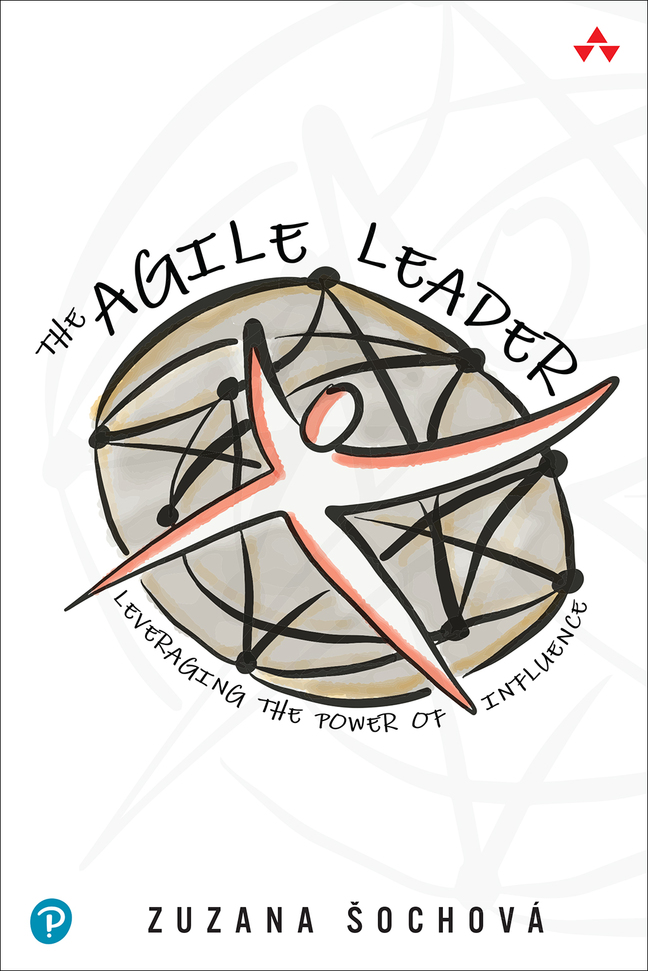Companies have different reasons to move to agile, some are good enough, and some will never work. Some believe that agile is a silver bullet so they start without understanding; with high expectation all their problems will be solved by using for example Scrum. It’s not always any idealistic dreamers, they are well educated managers, with many years of ICT experience. But they are very upset hearing they must put some effort into the system in order to get exceptional output. They have to change and change is difficult, exhausting, long-term work.
I’m not saying you saw just the following mistakes around you, but those are the most common, and to some point of view the most critical from all I’m seeing in the companies around me.
Agile is new and cool, let’s start!
First type of the problem I’m facing in the companies is someone who is very enthusiastic about agile. The person, John for instance, is not any expert on agile, has no personal experiences, no close friends or colleagues using it, but he heard somewhere that agile is more efficient and flexible. And he saw those problems on the projects. The company is struggling from poor efficiency and inflexibility already for couple years. They already tried pretty much everything. They changed the project managers, make their processes strict and well described, implemented ISO, sent some project people to do PMI certification, and still got no real improvement. And yes, last year, they changed the bonus structure and made the fix salary low and high bonuses. Still no improvement; surprisingly it’s even worth it used to be few years ago.
And then, John discovered there is agile, which is supposed solve all problems they are facing. Isn’t that great? So what shall we do? Let’s read about it and start. Agile means Scrum. And Scrum, that’s just a few practices. So let’s start using them. And make sure you don’t bother me with any real change inside our company. Keep the organization structure as it is, keep all our processes, and keep the roles. Just give the business opportunity to say what they want to and then make sure you deliver it on time. And take care you are more efficient as you were, as I’m going to compare the mandays spent.
How it usually ends? John, and everybody else, is frustrated and saying “Agile is not for us”. We are different, we have too complex product, we are too big/small to implement agile. Our customers are like this and that, and you know, agile is great, just for a different company.

 Learn more about transforming organizations, leadership, and culture with Agile & Enterprise Coaching. Check our Scrum and Agile training sessions on Sochova.com. Grab a copy of The Great ScrumMaster: #ScrumMasterWay book and The Agile Leader: Leveraging the Power of Influence book.
Learn more about transforming organizations, leadership, and culture with Agile & Enterprise Coaching. Check our Scrum and Agile training sessions on Sochova.com. Grab a copy of The Great ScrumMaster: #ScrumMasterWay book and The Agile Leader: Leveraging the Power of Influence book.
Disclaimer: All I write on this blog is purely personal and has no relation with any position I have, used to have or will have in the future.
